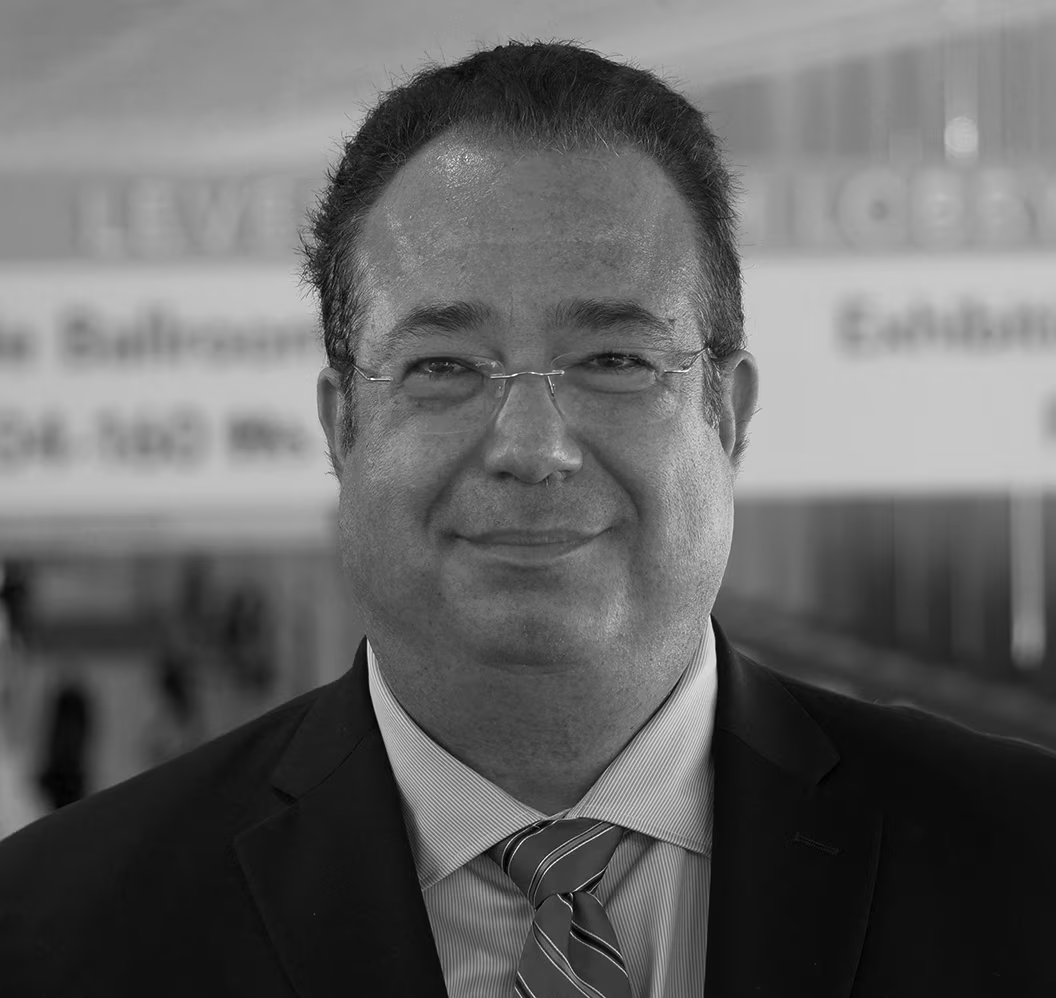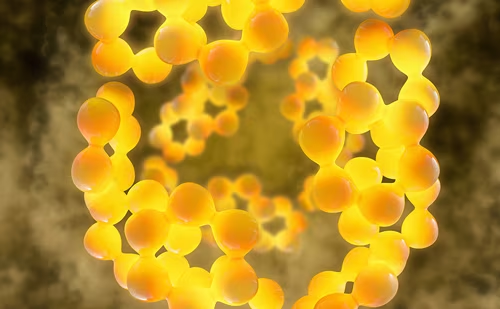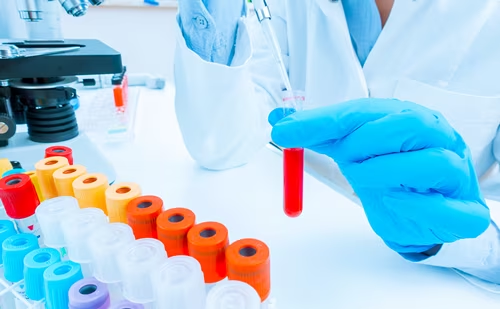Welcome to the autumn edition of European Endocrinology. In this issue we present authoritative, up-to-date information on a wide range of salient topics. While the global epidemic of type 2 diabetes (T2D) continues to be a major focus of clinical research, the journal also reflects the scope of the broadening discipline of endocrinology.
We open with an editorial, in which Kalra et al. propose comprehensive definitions of disease progression and drug durability in T2D. A number of dietary interventions have been explored for the prevention and management of obesity and T2D. In a review contributed by my team, we describe an Indian variant of the Palaeolithic vegan diet, and its potential utility in controlling T2D and obesity.
The last decade has seen a number of technological advances in the management of type 1 diabetes. Zimmerman et al. review these devices and systems, and the challenges remaining for optimal patient self-care.
Diabetes is not the only endocrine disorder for which obesity is a major risk factor. Fernandez et al. describe the relationship between obesity and secondary hypogonadism in men, as well as discussing the diagnosis and management of this condition.
Case studies are a valuable means of highlighting less common endocrine conditions. Multiple endocrine neoplasia
type 1 (MEN1) is a hereditary disorder associated with tumours of the endocrine gland, which is often treated with peptide receptor radionuclide therapy. Gezer et al. present a case of a patient with MEN1 syndrome with inoperable metastatic gastroenteropancreatic neuroendocrine tumours (GEP-NETs) who was treated with 177Lu-DOTATATE.
We conclude with four original research articles. Phaeochromocytomas/paragangliomas (PHAEO/PG) are chromaffin cell tumours, which can occur as part of hereditary syndromes such as neurofibromatosis type 1 (NF-1). Al-Sharefi et al. present a retrospective study examining the clinical presentation and outcomes of PHAEO/PG in NF1.
Our other research studies return to the subject of diabetes. Hautala et al. investigate the performance of the capillary random plasma glucose (RPG) test, maternal body mass index (BMI) and maternal age in predicting gestational diabetes. Verma et al. assess the prevalence of depression and generalised anxiety disorder (GAD) among an elderly population with diabetes and/or hypertension in a rural district of Punjab, India. Finally, Baruah and Kalra present a retrospective study comparing real-world effectiveness and safety of sodium-glucose cotransporter-2 inhibitors (SGLT2i) in patients with T2D in India.
European Endocrinology would like to thank all expert authors who gave their time and effort to produce an insightful selection of articles. We are grateful to members of our editorial board for their continued involvement and advice. Thanks also goes to all organisations and media partners for their ongoing support. We hope that you will find this edition of European Endocrinology an enjoyable and informative read.







